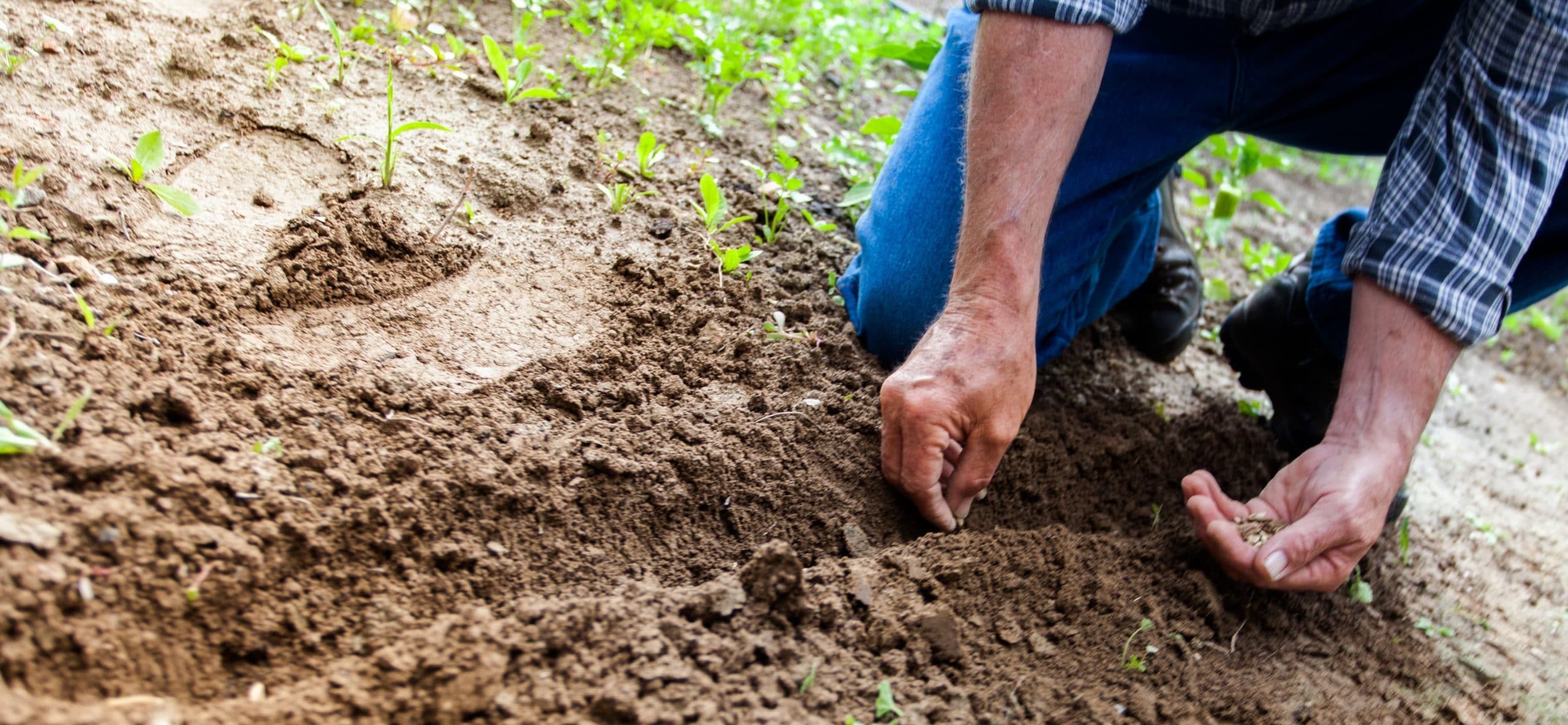Sustainability
Driven by increasing regulation and more environmentally conscious consumer behavior, sustainability is moving up the agenda for business leaders. Industries where reputation is critical, such as luxury goods, are making this their number one priority.
While awareness is growing, there are still gaps. Businesses may lack breadth of understanding, with a focus mainly on carbon footprint, depth of understanding, with analysis only concerning ‘direct’ impacts, excluding ‘indirect’ impacts like raw materials, or both.
First steps to sustainability
The first step is therefore to ensure that the business has full end-to-end visibility of the impact of their operations on all the major indicators like CO2, pollution, and water, from the extraction of raw materials to the sale of the finished product, to identify where to focus efforts
Modelling capability and understanding of source data allow businesses to conduct Life Cycle Analysis, which is essential to identify and prioritize improvement levers like eco-design, supplier selection, reduction of impacts in production, transport optimization, financial reporting, and many more.
Sustainability transformation
The second step is actually transforming the business’ operations to reduce their environmental impact by activating the improvement levers identified – cost, inventory, and service.
Like any ambitious and complex transformation, it requires strong technical and business expertise to drive the changes, and to maintain and improve performance.
Helping with sustainability challenges
Our team of experts in sustainability consultancy dig deep to identify the root of complex problems and focus on delivering tangible results for clients. The menu bar on this page provides more detail on a selection of the sustainability challenges we regularly work on.
We apply a combination of technical expertise, operational experience, business knowledge and common sense to help our clients understand and address sustainability impacts, embedding real change and delivering lasting results. Our positive, flexible and personal approach, with challenge where needed, ensures buy-in at all levels of our clients’ businesses and a positive outcome. Learn more about us here.

